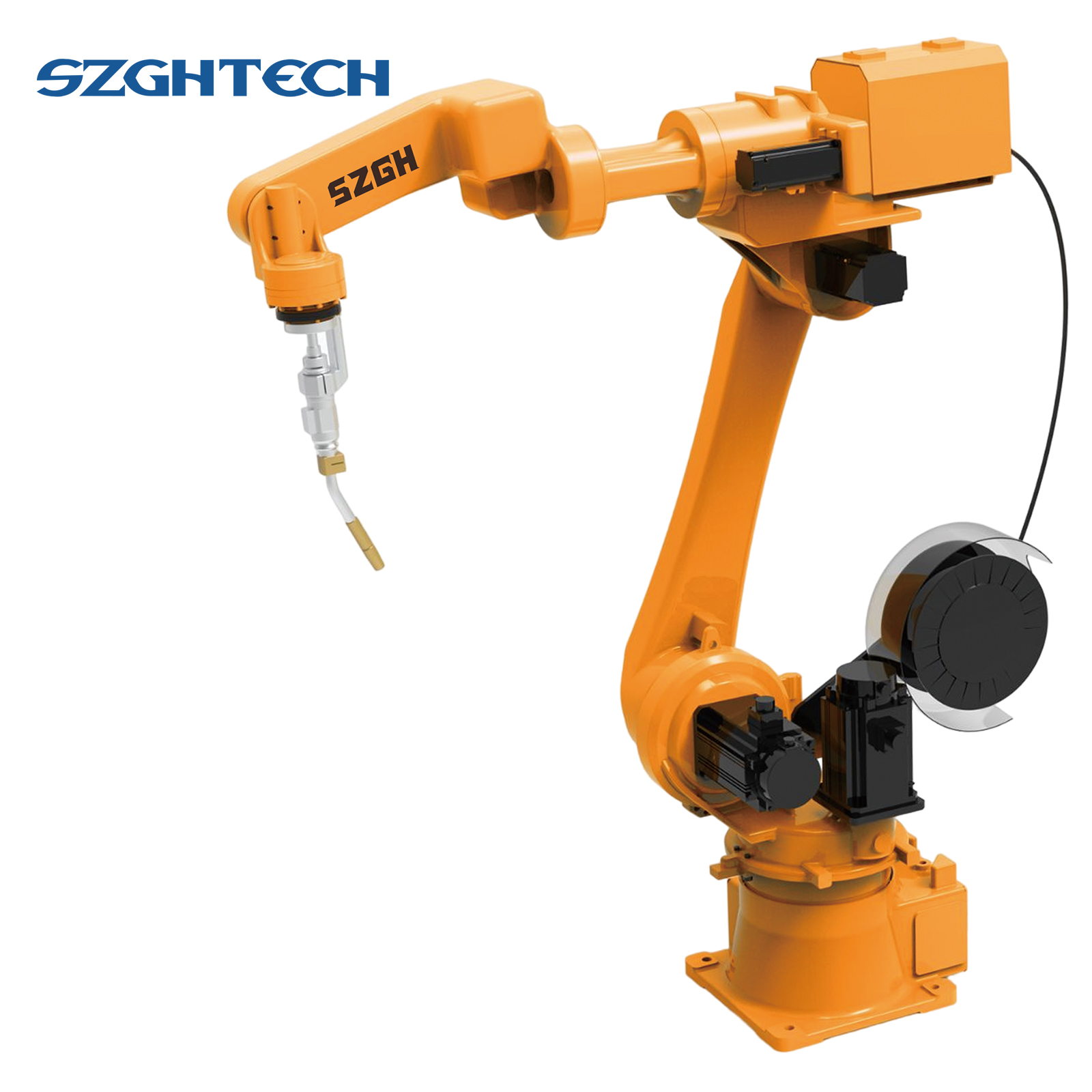Number of axis::6 Axis
Product name:ROBOT ARM
Reach::2100mm
Function::MIIG/MAG Welding
Ambient temperature: -:-5℃~55°C
Payload::6KG
Repeatability::±0.05mm
Condition:New
Video outgoing-inspection:Provided
Applicable Industries:Manufacturing Plant
Warranty:2 Year
power(w):1kW
voltage:220V
video outgoing-inspection:Provided
machinery test report:Provided
core components:Gearbox
core components:motor
core components:Pressure vessel
Drive Type:servo-electric
Ingress Protection:ip65
place of origin:CN;GUA
brand name:SZGH
application:welding
production capacity:1500 set per month
dimension(l*w*h):160*150*210
weight (kg):350
Engineer Helping SZGH-H2100-B-6 6-axis Welding Robotic Arm for Carbon Steel Pipeline CE Certified Factory Direct Sale
Six aixs welding robot arm mig mag welding robot 2100mm length high quality
Send Inquiry
Send Inquiry






